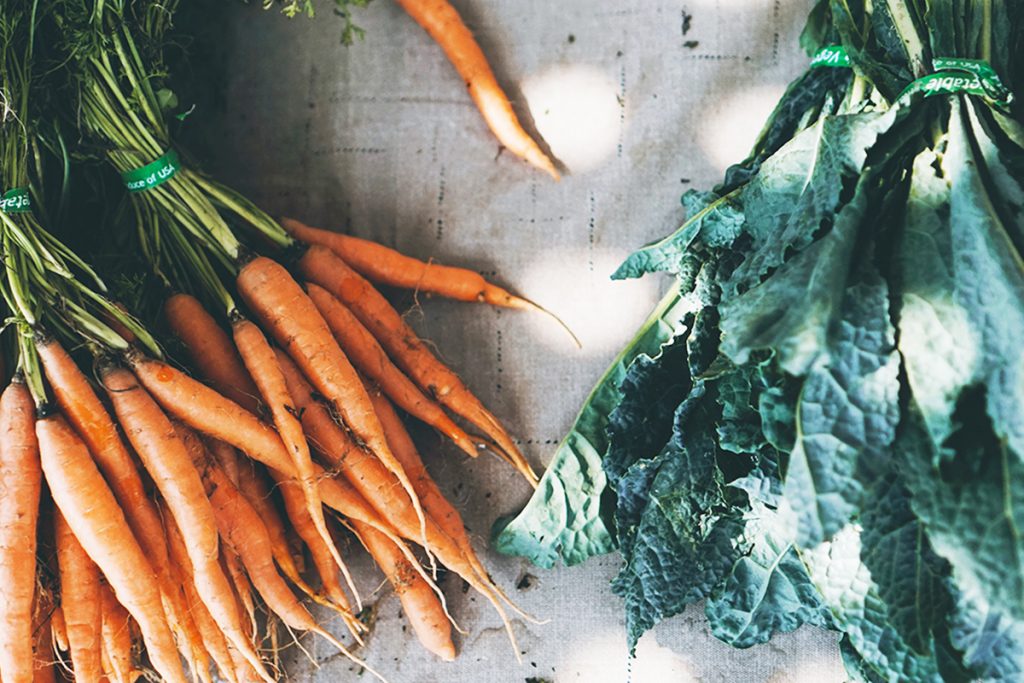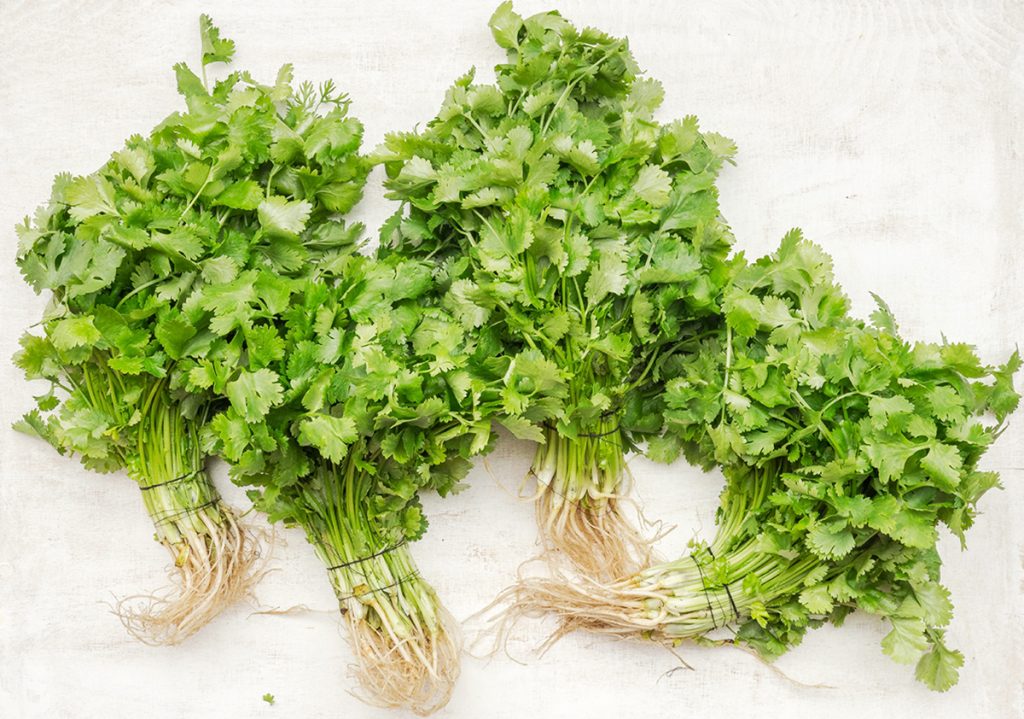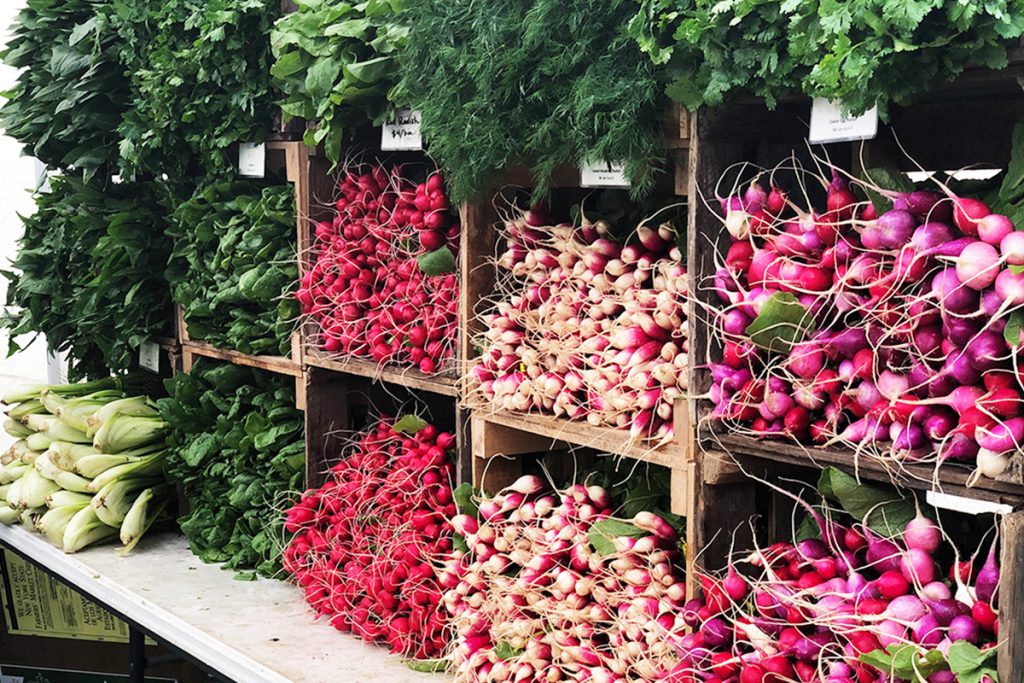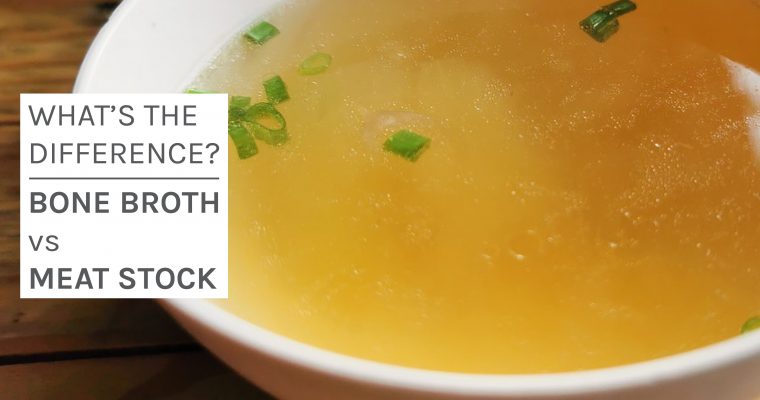When I first removed gluten from my diet due to a sensitivity and Hashimoto’s thyroiditis diagnosis, I quickly realized how expensive off-the-shelf gluten-free food is priced. Gluten-free bread and crackers often cost more than double the price of standard products, so what do you do when your health conditions require a major shift in your food purchases?
In 2018, I had to make even more drastic and immediate changes to my diet after being diagnosed with EoE. Once I realized that my food sensitivities went beyond the Top 8 food-allergens, I decided to dive into the Autoimmune Protocol (AIP). It can be intimidating to jump into an elimination and healing diet especially when you are on a budget. Suddenly you are making major shifts in both food and lifestyle — this can feel overwhelming emotionally and financially.
With some simple and easy tips, the AIP and other healing protocols can be an affordable and sustainable lifestyle that incorporates nutrient-dense foods into your everyday life.

1. Focus on Eating Whole Foods
When transitioning to AIP or any other healing protocol, you might feel like it is necessary to buy all of the amazing compliant snacks that are now readily available. I know that was my first inclination! While it is definitely important to have some convenience foods available, try to prioritize purchasing whole, unprocessed food versus specialty products. Not only will this be more cost-effective, but you will be eating a more nutrient-dense and diverse diet — a definite win-win.
2. Eat Seasonally (or buy frozen)
Did you know that in-season produce is actually more nutrient-dense than out-of-season produce? Plus, in-season produce is generally more cost-effective since it doesn’t have to be shipped in from long distances. One great way to eat with the seasons is to shop at your local farmers market. A farmers market is an excellent way to support local farmers, ranchers, and vendors while having access to a fresh and diverse range of in-season organic produce.
If a farmers market is not available to you or if your safe foods aren’t necessarily seasonal, frozen organic produce is an excellent alternative that is cost-effective. Since frozen produce is flash frozen after harvesting, fruits and vegetables typically retain similar amounts of high-quality nutrients as eating it fresh and in-season.
3. Not Everything Has To Be Organic
When shopping on a tight budget, it can feel overwhelming to purchase only organic produce. If organic produce doesn’t fit within your budget, the Environmental Working Group releases a yearly guide that outlines the “Dirty Dozen” versus the “Clean Fifteen”. These two categories outline what fruits and vegetables have the most versus least amount of pesticide residue. For example, spring for organic celery, kale, and strawberries but save your money on avocado, asparagus, and kiwi.
Try your best to purchase the “Dirty Dozen” organic to keep your produce as safe and free of pesticides as possible — but don’t stress if you can’t afford or access these options. Every fruit and vegetable that is available to you helps you in your healing journey.

4. Don’t Forget To Include Herbs
Often overlooked, herbs are key components to a nutrient-dense and flavorful diet. Not only do they provide delicious aromatics to a dish, but they are typically very cost-effective. Herbs can be purchased either fresh or dried if preferred. A fun idea to have easy access to herbs is to grow your own on a sunny windowsill or small garden (if that option is available to you). When freshly snipped and consumed right away, herbs actually contain the most micronutrients and phytonutrients available, another great incentive to try growing your own at home.
While not an herb, I have some scallions growing in a mason jar on my kitchen windowsill that I cut from almost daily. It feels really great to connect with food in such a personal way!
5. Affordable Meat Options
It can feel intimidating when trying to source the highest-quality meat available. Luckily, there are some less-expensive options when selecting 100% grass-fed beef, bison, lamb and pasture-raised poultry.
When purchasing high-quality meat, you don’t have to buy a fancy cut. Take a look at ground meat (my favorite budget-friendly option), stew meat, brisket, and offal — these options are much more affordable compared to other popular cuts. Also, purchasing a whole chicken is an excellent option since you will have plenty of meat to go around. Plus, you can save the bones to make a soothing bone broth (again, saving you from purchasing a specialty product).
While 100% grass-fed and pasture-raised is ideal due to the preferred Omega-6 to Omega-3 ratio, it isn’t always an option due to affordability and accessibility. In the article “If I Can’t Always Afford Grass-Fed Beef, What Should I Buy?”, Dr. Sarah Ballantyne outlines some other great options to consider when purchasing meat on a budget.

6. Shopping Around
While this requires some additional planning, try taking a look at a variety of stores to find the best deals. You don’t have to shop at a health store to find great produce. Oftentimes, a standard grocery store will carry organic produce and grass-fed meat. I personally love shopping at Asian grocery stores to find a different range of vegetables, such as daikon and bok choy — remember, variety is key to nutrient-density.
In addition, there are some fantastic resources available online. Thrive Market is my go-to online wholesale store for pantry staples such as virgin coconut oil and grain-free flours. While there is a yearly membership, I find that I save so much compared to other purchasing options. If the membership fee is out of your budget, Thrive Market accepts applications for free memberships for low-income families and students in need.
If grass-fed and pasture-raised meat is not accessible to where you live, I suggest ordering high-quality meat online. A few of my trusted sources are US Wellness Meats, Butcher Box, and Grass Roots Farmers Cooperative. US Wellness Meats often has high-quality meat on sale so I always make sure to take a look for the best deals available.
7. Keep it Simple
While it is tempting to want to try fancy recipes or experiment with AIP baking, these types of recipes require specialty ingredients and can be more expensive. When on a tight budget, try to keep meals simple with the highest-quality protein, fat, and carbohydrates that you can source.
When first starting out on AIP, one of the easiest and important pantry swaps to make is to replace refined vegetable oil with high-quality fats, such as coconut oil, duck fat, tallow, and lard for higher heat cooking and to use olive oil and avocado oil for lower heat cooking or as a finishing oil. If on a tight budget, one idea is to prioritize what is most accessible to you for each category. For example, perhaps you decide to select coconut oil for high heat cooking and olive oil for low heat cooking — this is a perfect investment that covers multiple cooking methods, such as roasting, baking, stir frying, or topping a salad. This simple change will go a long way in reducing inflammation and ultimately help your cells absorb necessary vitamins and minerals, giving you long term energy.
Just remember — fancy does not mean more nutritious or flavorful. In fact, one of my favorite meals is a simple skillet meal with ground meat, a variety of different vegetables, turmeric, and coconut oil. Simple meals can be nutrient-dense and incredibly satisfying.
8. Prioritize What Is Important To You
Finally, remember to prioritize what is important to you. Try to determine what you value the most and is accessible to you, while working within your budget requirements. It is easy to feel like you need to be “AIP perfect”, but try to remind yourself that you are already taking an important next step in your healing journey.

Citations
Nutritional Therapy Association. (2020). Basics of Nutrition [PDF document].
Nutritional Therapy Association. (2020). Culinary Wellness Part 1 [PDF document].
Mazzeo T, Paciulli M, Chiavaro E, Visconti A, Fogliano V, Ganino T, Pellegrini N. Impact of the industrial freezing process on selected vegetables -Part II. Colour and bioactive compounds. Food Res Int. 2015 Sep;75:89-97. doi: 10.1016/j.foodres.2015.05.036. Epub 2015 May 16. PMID: 28454976.




